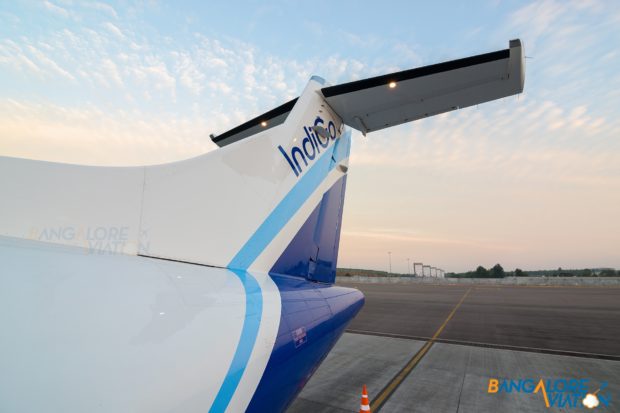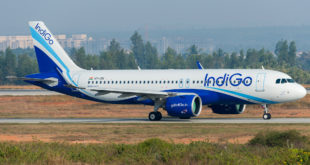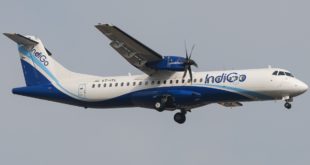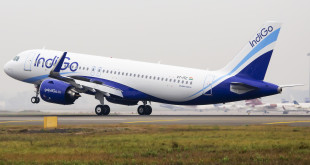In a surprise move, Indigo announced an increase in cancellation and change fees. These will be effective as of June 27th. The airline added that for domestic bookings, customers can make any changes or cancellations free of charge within 24 hours of booking, if booked at least 7 days before the travel dates. This is largely to comply with the passenger charter. A list of the increased fees is as below:
| Sector | Cancellation fee | Change Fee | ||
| Number of Days | 0-3 Days | 4 and above | 0-3 Days | 4 and above |
| Domestic | INR 3500 | INR 3000 | INR 3000 | INR 2500 |
| Indian sub-continent | INR 3500 | INR 3000 | INR 3000 | INR 2500 |
| South east, middle east and rest of Asia destination | INR 5000 | INR 4500 | INR 4000 | INR 3500 |
| Europe sector – Istanbul | INR 6500 | INR 6000 | INR 5000 | INR 4500 |
| Europe sector Codeshare Flights | INR 6500 | INR 6000 | INR 5000 | INR 4500 |
In a carefully worded statement Indigo’s Chief Commercial Officer stated, “We have revised our flight cancellation and change fee effective midnight today. This will help us bring down the last-minute changes to a minimum, enabling better capacity utilization on-board. Improved processes will help us to continue providing IndiGo’s on-time, courteous and hassle-free service at affordable fares.”
The term “better capacity utilization on-board” and what this means operationally has left several industry stakeholders perplexed. Some also point that keeping changes to a minimum is a problem of scale as Indigo is getting volumes of change and cancellation requests that keep going up as capacity ramps up. Ironically, during monsoon season where delays are extensive, the increase in change fees will adversely affect travelers.

The announcement is interesting as it comes during a time when demand starts to dip. Traditionally, July through September coincides with the monsoon and is the weakest period for airlines. This is also the time when airlines resort to multiple fare sales to shore up demand. In this context, the move by Indigo is aimed at two outcomes. The first one is a pure revenue outcome given that these fees make up a large portion of the ancillary base. The second one, and perhaps more interesting, is to drive more travellers towards the flexi-fares which have a higher base fare but with flexibility built in.
Industry sources also reveal that this step was necessary as there has been a slowdown in demand. So the airline is compelled to search for other revenue measures – this being one of them.
Overall, with Indigo now commanding a fifty percent marketshare, it now sets the agenda. It is likely that other airlines will follow suit.
 Bangalore Aviation News, Reviews, Analysis and opinions of Indian Aviation
Bangalore Aviation News, Reviews, Analysis and opinions of Indian Aviation


